The week at a glance
- Gloucestershire's first Marsh Sandpiper drops in
- Apparent Eastern Common Tern in Norfolk
- Stilt Sandpiper in County Wexford
- Decent arrival of drift migrants along the east coast, particularly Wrynecks
- Heavy Cory's Shearwater passage on Thursday
The final days of August proved a pleasantly busy affair as an easterly airflow delivered a good spread of passerine migrants to eastern areas while western headlands clocked some reasonable seawatching totals. In fact it turned out to be the busiest period since the spring: Saturday, the busiest day of the week, returned 373 reports — still some way short of the 600+ we've managed on peak autumn days, but nevertheless a welcome change from the often meagre quantities of bird news we've experienced since the end of spring.
Before focusing on events on the east coast, let us take a quick look at the week's seawatching. The headline was another Swinhoe's Storm-petrel report, this time from Kerry Head (Kerry) on 28th, although there was an impressive pulse of large shearwaters that day, with 488 Cory's Shearwaters and 151 Great Shearwaters passing Galley Head (Cork) in just a few hours in the evening — both high counts for single sites this year. Sixty-five Cory's also passed Helvick Head (Waterford) that evening, with eight past Porthgwarra (Cornwall) and 48 (and 24 Greats) from a Scilly pelagic. Small numbers of Great Shearwaters were seen in West Cornwall all week and Pendeen's highest count was 14 on 29th; birds also penetrated the Irish Sea as far as Strumble Head (Pembrokeshire), where ten passed on 30th alongside two Cory's. Just one Wilson's Storm-petrel was seen, off Bridges of Ross (Clare) on 30th.

Cory's Shearwater, Scilly pelagic, Isles of Scilly (Photo: Joe Pender)
One of the more intriguing sightings of the week was what looks a very good candidate for Eastern Common Tern (longipennis) at Scolt Head Island (Norfolk) on 28th and 29th August; presumably the same bird as that seen at Cley Marshes on 21st, it was seen well and photographed among other terns and is certainly a striking beast, wherever it may have originated. Another report back at Cley this morning (3rd September) suggests it has moved back east again; perhaps it'll be accessible somewhere along the coast this weekend.
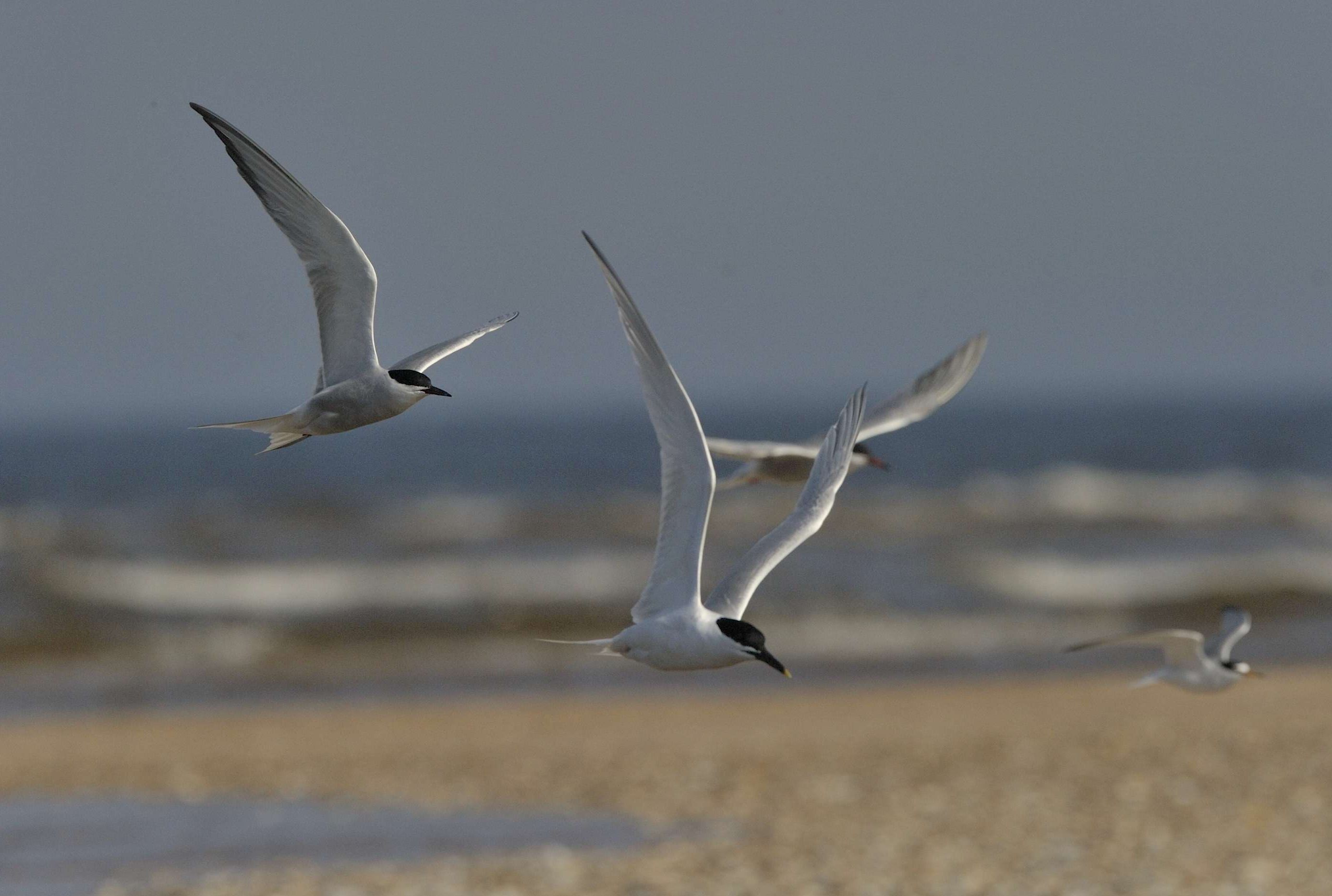
Apparent Eastern Common Tern, Scolt Head Island, Norfolk (Photo: Baz Scampion)
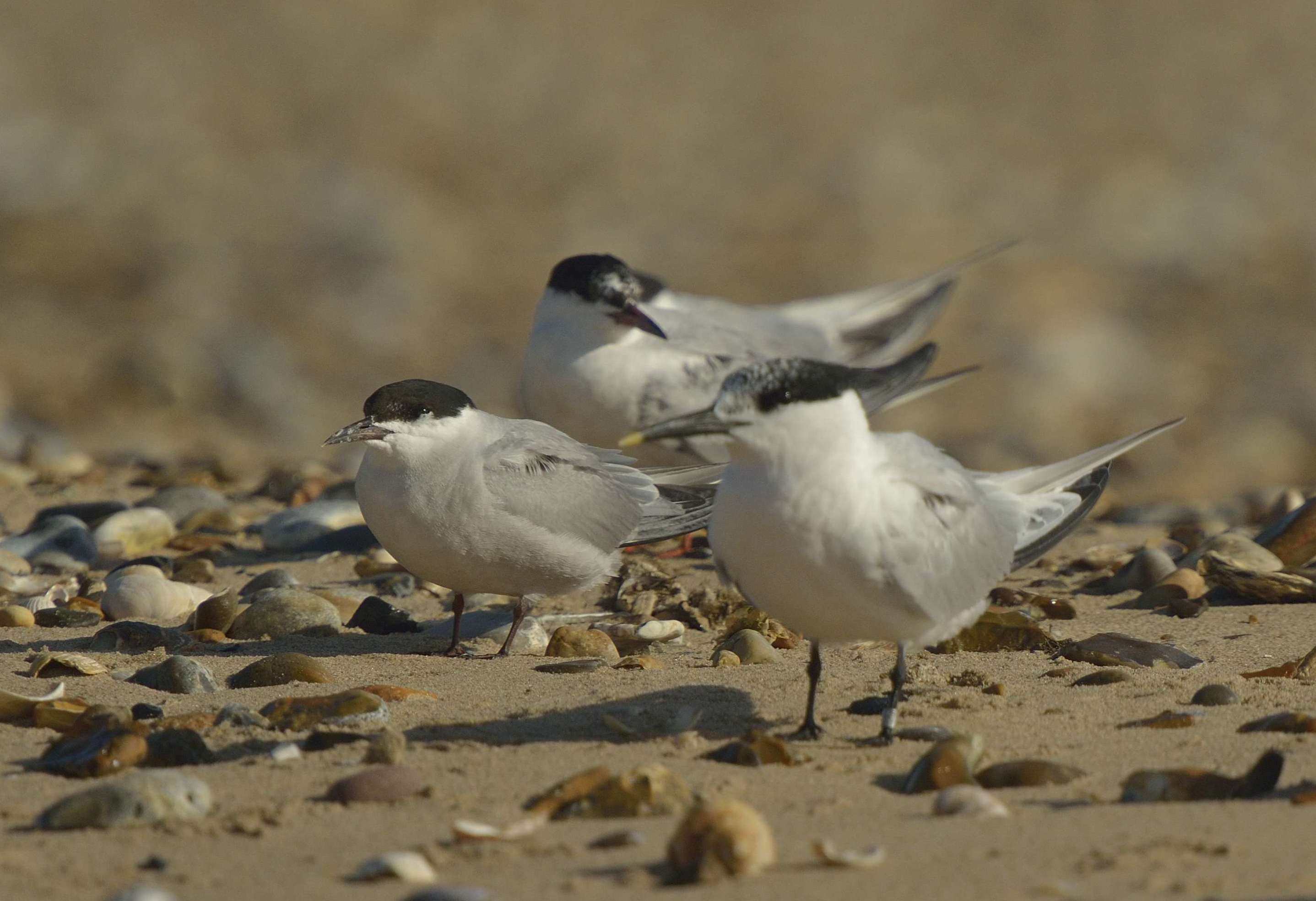
Apparent Eastern Common Tern, Scolt Head Island, Norfolk (Photo: Baz Scampion)
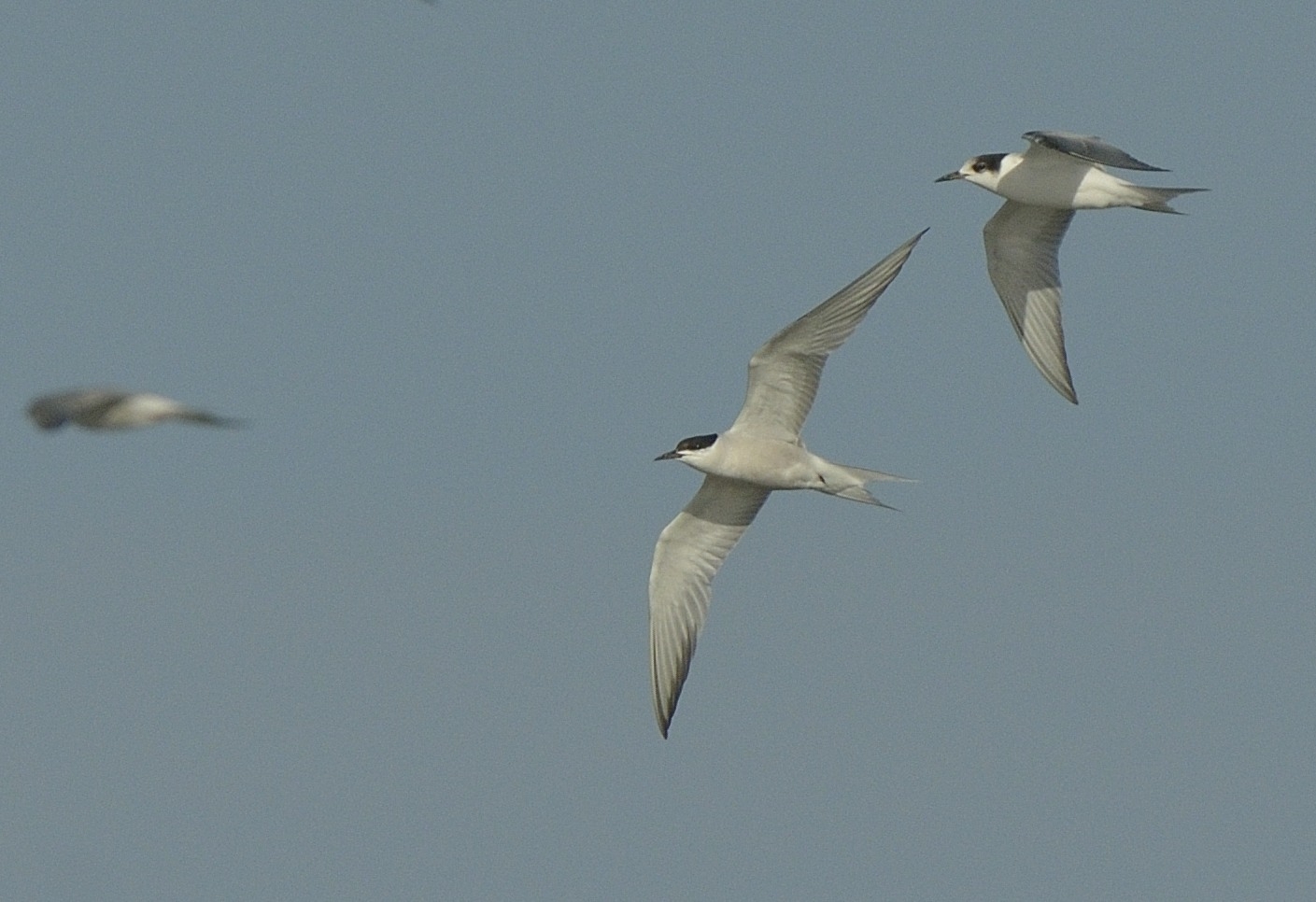
Apparent Eastern Common Tern, Scolt Head Island, Norfolk (Photo: Baz Scampion)
A drake Ring-necked Duck at Meikle Loch (Aberdeenshire) on 2nd is no doubt a returning bird, while the two drake Surf Scoters off the coast at Murcar Golf Course on 2nd are also regular features in this column. Elsewhere, the Ferruginous Duck remained at Minsmere (Suffolk) and the Lesser Scaup was at Chew Valley Lake (Somerset).
A Cattle Egret at Draycote Water (Warks) on 29th represented the first site record for this well-watched reservoir; what must have been the same bird appeared briefly at Middleton Lakes (Warks) two days later. Meanwhile, over in County Down, the resident bird was again reported from Hillsborough Lake on 1st. A Purple Heron was at Walberswick Marshes (Suffolk) on 30th, while 66 Great White Egret reports through the week included up to eight at Shapwick Heath (Somerset). There is no sign yet of another Glossy Ibis influx, with long-stayers still in Kent, Cambridgeshire, Lincolnshire and Cleveland and further isolated records from Northamptonshire and Wexford. A Spotted Crake was at Chew Valley Lake (Somerset) on 27th–1st and further birds remained in London, Devon and at Rutland Water.

Great White Egret, Leighton Moss RSPB, Lancashire (Photo: Tristan Reid)

Spotted Crake, Rutland Water, Leicestershire and Rutland (Photo: Peter Beesley)
A Pallid Harrier — the first of the autumn — was on Foula (Shetland) on 31st, while records of Black Kite came from Newcastle (Wicklow) on 28th, Drogheda (Louth) on 29th, New Romney and Dungeness (Kent) on 30th and 31st respectively, and Middlebere (Dorset) on 31st. Twenty-six reports of migrant Honey Buzzards included a number of twos and at least three over Gibraltar Point (Lincs) on 27th. Belated news of a Snowy Owl on Ben Macdui (Highland) between 25th June and 22nd July presumably relates to the bird seen in the area in recent years.
Gloucestershire's first Marsh Sandpiper was a great find in flooded fields at Splatt Bridge on 28th — the bird, a juvenile, lingered there to 30th. An adult Stilt Sandpiper was seen and photographed in flight only at Tacumshin (Wexford) late on 2nd. The autumn's first juvenile Lesser Yellowlegs graced Croft Pascoe Pool from 29th, with a juvenile Baird's Sandpiper at Carr Lane Pools, Hale (Cheshire) on 28th. An adult White-rumped Sandpiper was on Tiree (Argyll) on 31st–1st and a dozen or so Pectoral Sandpipers included new birds at Abberton Reservoir (Essex), North Charlton (Northumberland) on 27th–30th, Shibdon Pond (Durham) from 28th, Blanket Nook (Donegal) on 30th–31st, Cley (Norfolk) on 30th and Cantley (Norfolk) from 31st; two juveniles were at Ballycotton (Cork) on 2nd and a third juvenile was at Trabeg (Kerry) that day.
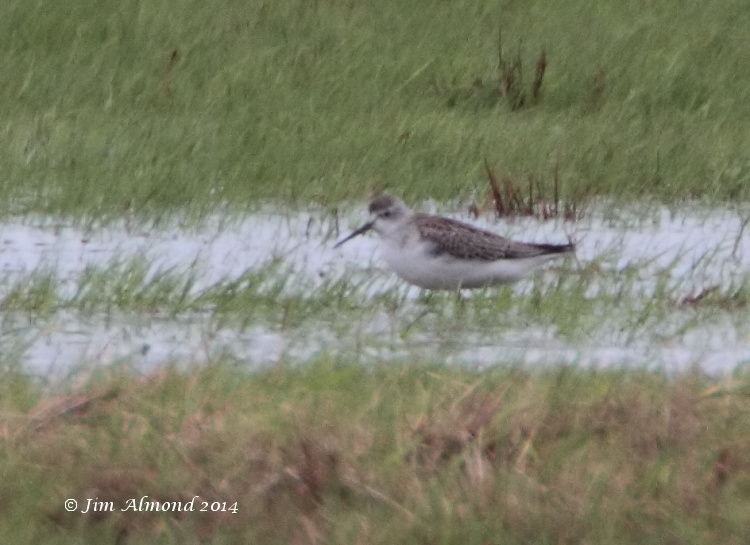
Marsh Sandpiper, Splatt Bridge, Gloucestershire (Photo: Jim Almond)
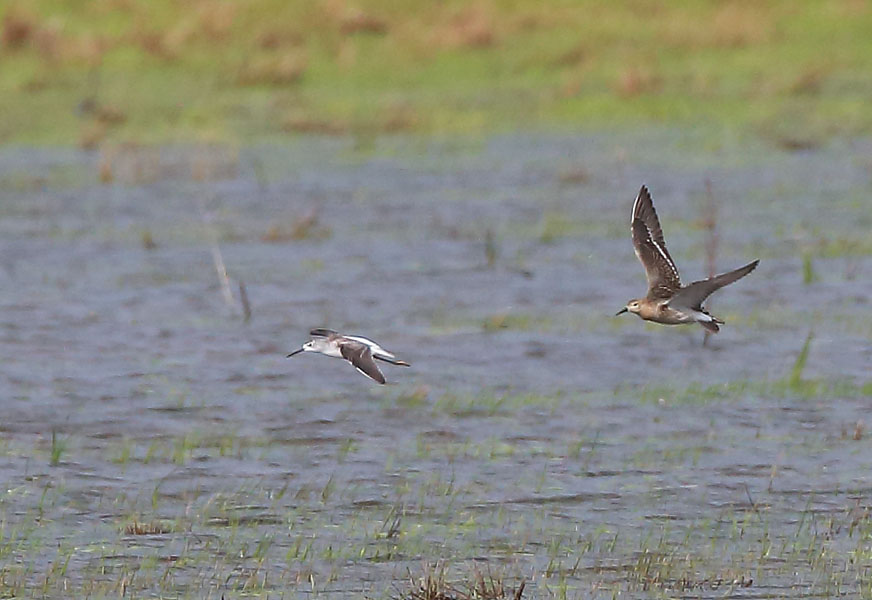
Marsh Sandpiper, Frampton-on-Severn, Gloucestershire (Photo: Mike Trew)

Pectoral Sandpiper, Cantley, Norfolk (Photo: Chris thornton)

Pectoral Sandpiper, Shibdon Pond, Durham (Photo: David Brown)
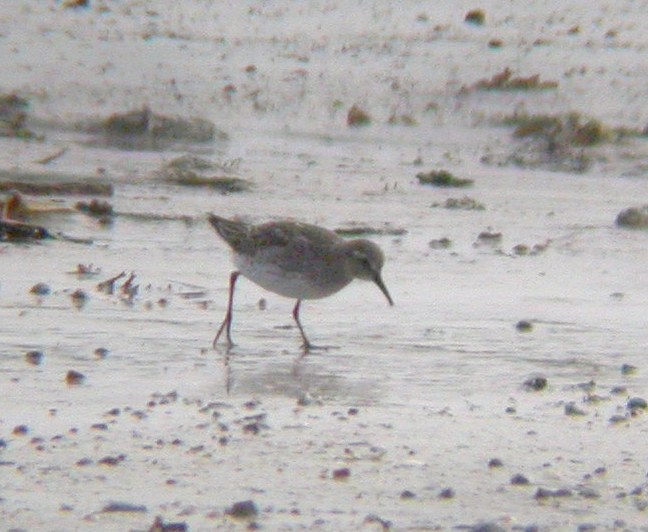
White-rumped Sandpiper, Tiree, Argyll (Photo: John Bowler)
Juvenile Temminck's Stints were at Grafham Water (Cambs) on 28th–31st and Frampton Marsh (Lincs) on 2nd; others were still at Bowling Green Marsh (Devon) and Blacktoft Sands (E Yorks) early on. There was also a noticeable influx of both Little Stints and Curlew Sandpipers during the week.

Curlew Sandpiper, Farmoor Reservoir, Oxfordshire (Photo: Stephen Burch)
In County Cork, the Laughing Gull was still at Ballycotton but an altogether more significant Western Irish bird was a juvenile White-winged Black Tern at Coonagh Nature Reserve (Limerick) from 31st; another juvenile was at Minsmere (Suffolk) on 2nd.

White-winged Black Tern, Coonagh, Limerick (Photo: T Tarpey)
Final observations seem to suggest that the Bee-eater congregation on the Isle of Wight did indeed contain two pairs, both of which fledged young to make up the dozen birds seen there during the second half of August. All twelve were last seen on 27th, with just two remaining early on 28th. None have been seen since; here's hoping they have an untroubled southbound migration and make history by returning to the island next spring.
As already alluded to, it was a good week to be on the east coast — not exactly vintage, but productive enough for those who had the opportunity to invest their time and effort. Four Citrine Wagtails comprised first-winters on the Farne Islands (Northumberland) on 27th–28th, at Nigg Bay (Aberdeenshire) on 28th, on the beach at Barns Ness (Lothian) on 28th and at Howmore (South Uist) from 31st. Tawny Pipits are always much scarcer and the arrival of a bird at Hope Point (Kent) on 30th was not to be sniffed at; the autumn's first Red-throated Pipit passed over Bardsey Island (Gwynedd) on 1st, while Short-toed Larks graced Fair Isle from 30th and Saltfleetby (Lincs) on 2nd. A reported Isabelline Wheatear on Grimsay (Outer Hebrides) on 29th went unconfirmed.
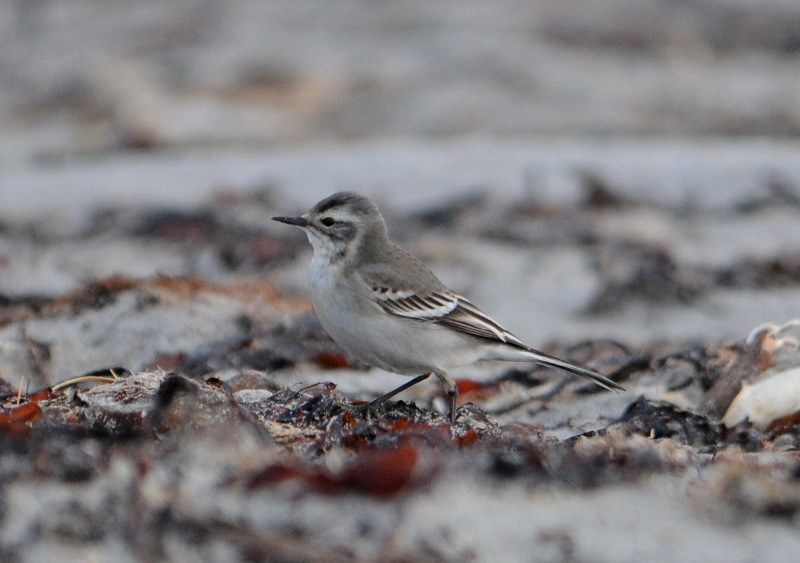
Citrine Wagtail, Howmore, S.Uist, Outer Hebrides (Photo: John B kemp)
A pleasant scattering of the typical early autumn drift migrants was dominated by one species in particular — Wryneck. During the week 161 reports of the species were carried on Bird News Extra (though the number of birds involved would be significantly lower), with birds strewn right along the east coast and a number also seen inland. For example, no fewer than four were seen in Greater London, including a popular bird in Alexandra Park on 31st–2nd, which frequented the exact same spot as a bird in 2013 — could it be the same individual? A similar situation applied in Hertfordshire, where a bird was seen at an old landfill site at Stapleford on 29th, another spot that hosted a bird in late August 2013. On the coast, many sites claimed ones and twos, although Minsmere (Suffolk) seemed to prosper, with at least three seen around the reserve during the week; threes were also on Blakeney Point on 27th and at Dungeness (Kent), while Fair Isle boasted numerous birds.
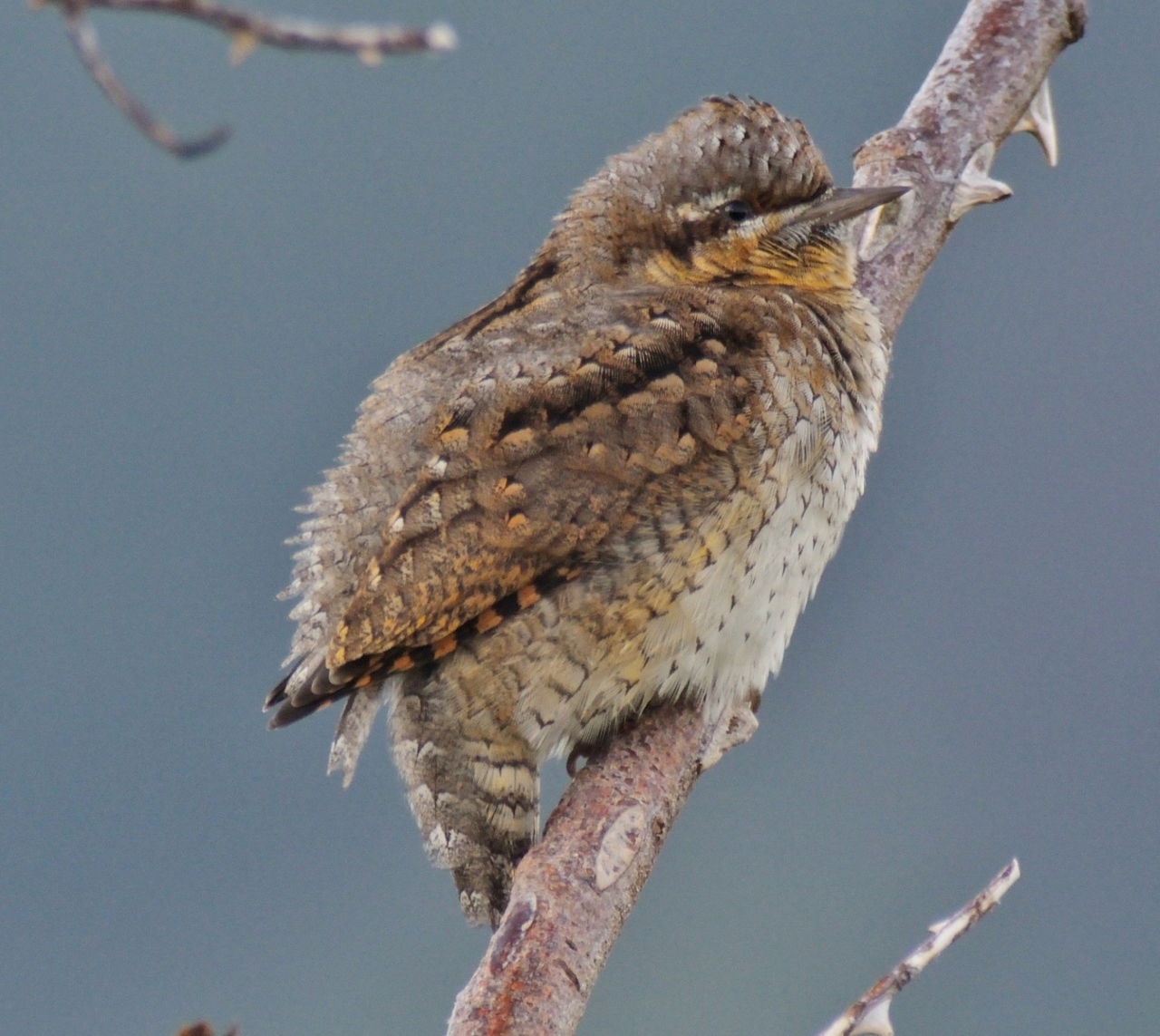
Wryneck, Aldeburgh Marshes, Suffolk (Photo: Jonathan Theobald)

Wryneck, Winterton Dunes NNR, Norfolk (Photo: Ian Clarke)

Wryneck, New Passage, Gloucestershire (Photo: Peter Heather)
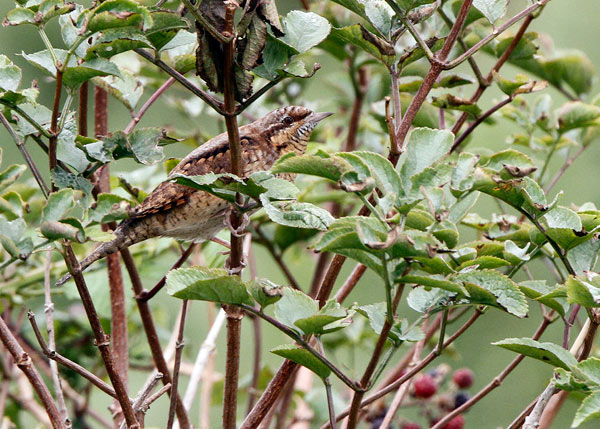
Wryneck, Dungeness NNR, Kent (Photo: Mike Buckland)
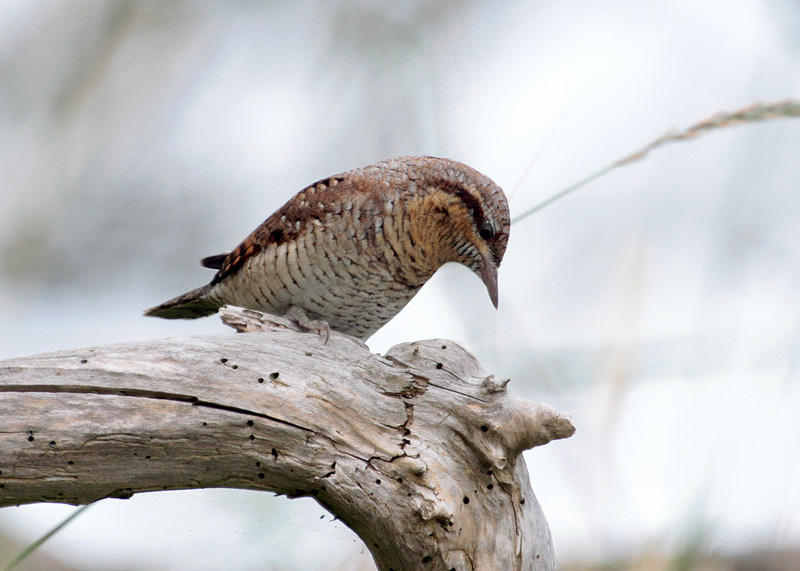
Wryneck, Gibraltar Point NNR, Lincolnshire (Photo: Darren Chapman)
Considerably fewer Icterine Warblers were reported, although at least two were seen at Kilnsea (E Yorks) early in the week, with further records from Sidestrand (Norfolk) on 27th, Wells Woods (Norfolk) on 27–28th, Corton (Suffolk) on 28th, St Mary's (Scilly) on 31st and Virkie (Shetland) on 2nd; the final day of the review period also produced records on both Skomer and Skokholm (Pembrokeshire). Melodious Warblers were less numerous, although a particularly showy bird at Dungeness (Kent) on 27–30th proved a popular draw; others were at Portland (Dorset) on 30th and South Stack (Anglesey) on 31st.
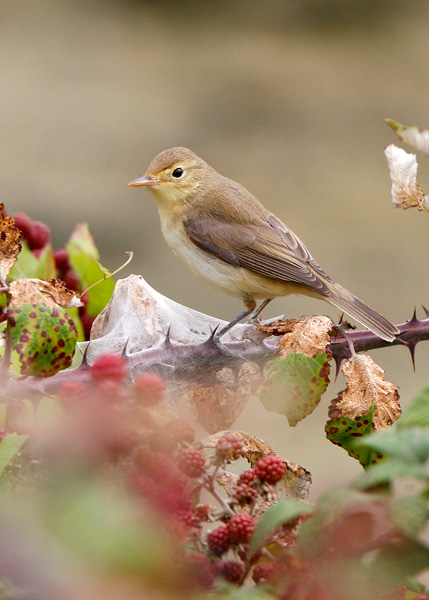
Melodious Warbler, Dungeness NNR, Kent (Photo: Mike Buckland)
A solid showing of Greenish Warblers saw at least 10 recorded, with last week's bird at Whitburn (Durham) still on 27th and again on 2nd (assuming it's not another ringed bird from elsewhere). Norfolk had a particularly good week for the species, with birds at Northrepps, Wells Woods, East Hills (Wells) and Stiffkey all on 27th, the last two lingering a second day. Another was on Blakeney Point on 28th, one was heard at Cromer early on 29th and a seventh was at Winterton on 29–30th. In Suffolk, one at Southwold on 29th became two on 30th, with just one again on Sunday. In North Yorkshire, a co-operative bird lingered at Castle Hill, Scarborough, on 28–31st and was occasionally heard singing.

Greenish Warbler, Southwold, Suffolk (Photo: David H Hatton)

Greenish Warbler, Winterton Dunes NNR, Norfolk (Photo: Keith Bilverstone)

Greenish Warbler, Scarborough, North Yorkshire (Photo: David Aitken)
Barred Warblers also provided a respectable turn-out, with perhaps 40 birds reported nationwide. Shetland typically featured prominently, with the hallowed turf of Fair Isle way out in front — birds were seen right through the week including an impressive 10 on the island on 31st. Flamborough Head (E Yorks) proved reliable, with at least one around the headland throughout the week, while at least two were seen in the Spurn area.
Among the scarce warblers there was the odd rarity: a Booted Warbler was on Burray (Orkney) on 30th, a Paddyfield Warbler was at Skaw (Whalsay, Shetland), on 1st and Arctic Warblers were on Foula on 29th and at Sandwick (Whalsay) on 1st. Blyth's Reed Warblers were at Orford Ness (Suffolk) and Kirkton of Logie Buchan (Aberdeenshire) on 30th, and on Bryher (Scilly) on 2nd. The identification of a first-winter subalpine warbler at Landguard (Suffolk) on 29th was soon clinched as Eastern, following photos illustrating a nice white wedge extending up t5 (i.e. the penultimate outer tail feather) — it lingered until 3rd. A couple of Western Bonelli's Warblers also appeared, on St Mary's (Scilly) on 29–30th and on Bardsey Island (Gwynedd) on 31st — both proved very vocal.

Booted Warbler, Burray, Orkney (Photo: Paul Higson)
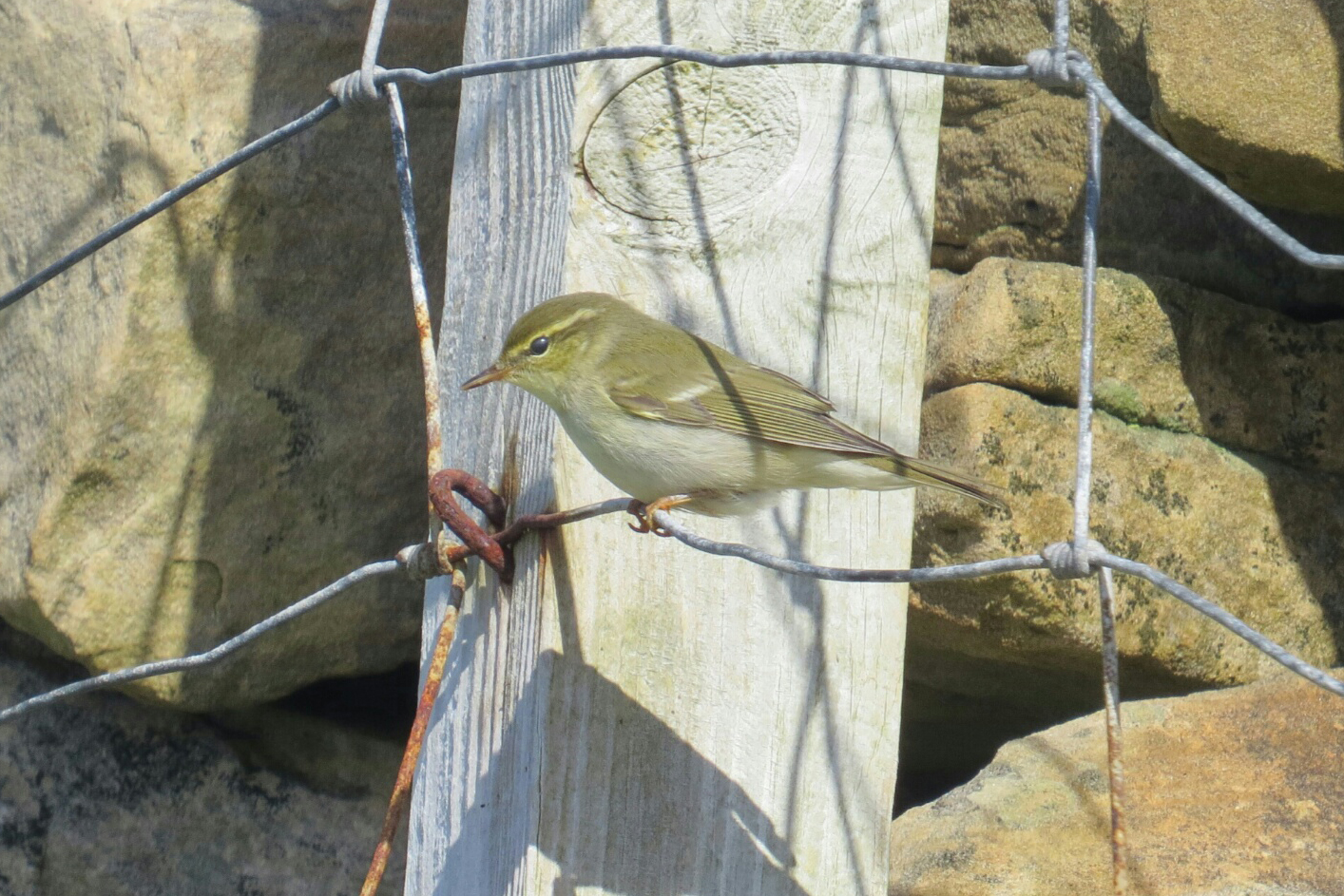
Arctic Warbler, Foula, Shetland (Photo: Donna Atherton)
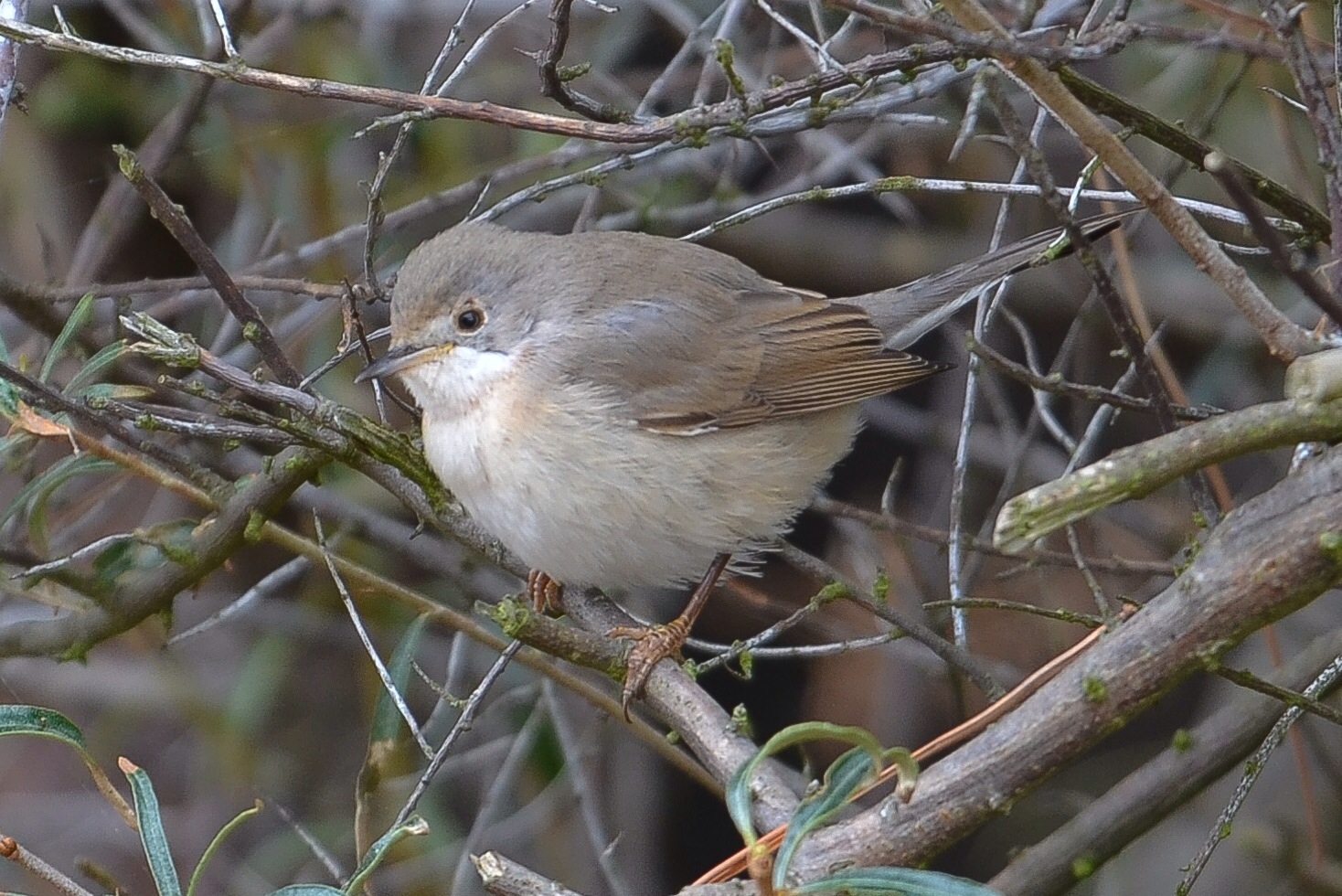
Eastern Subalpine Warbler, Landguard NR, Suffolk (Photo: John Pringle)
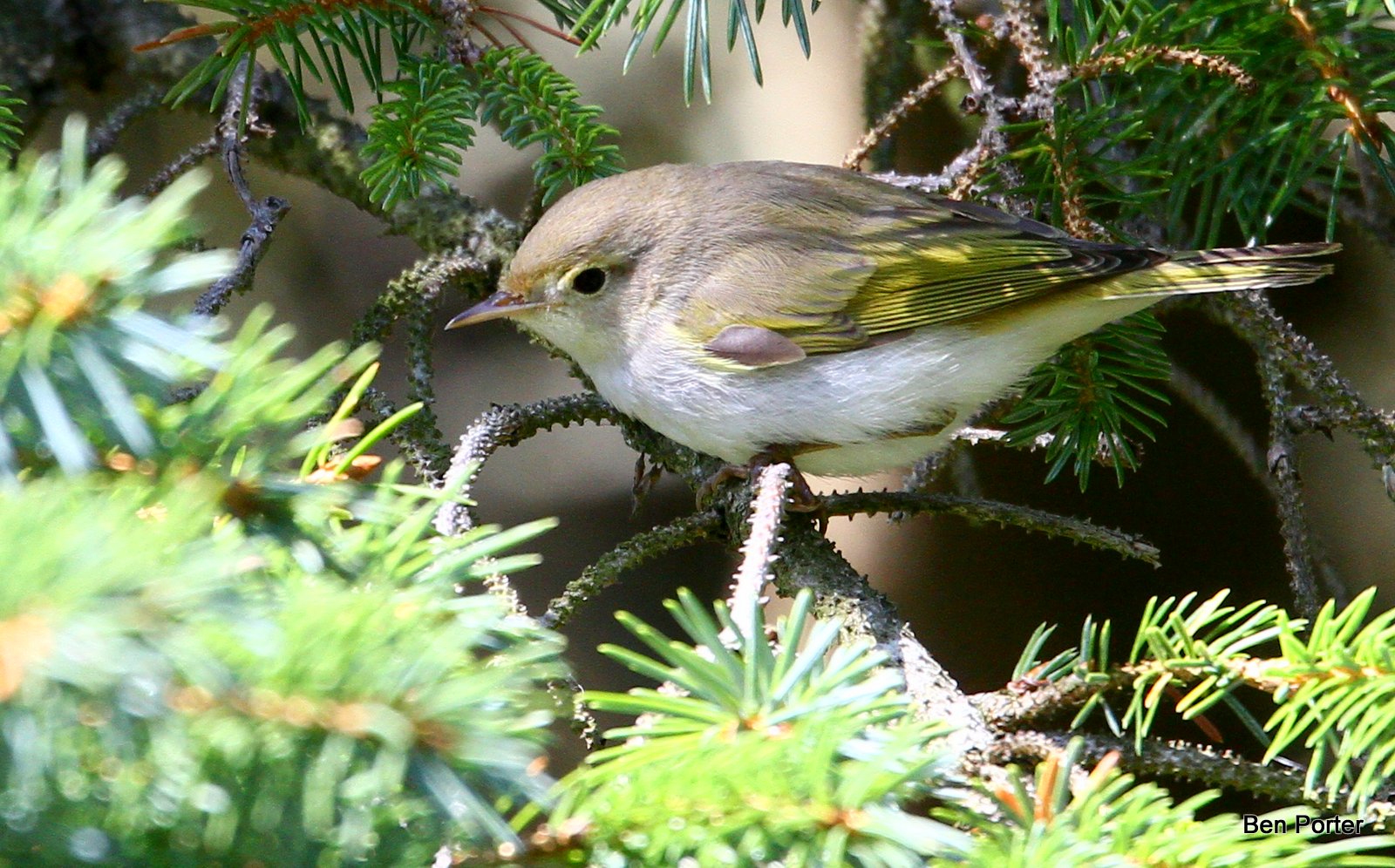
Western Bonelli's Warbler, Bardsey Island, Gwynedd (Photo: Ben Porter)
The first Red-breasted Flycatcher of the autumn arrived at The Naze (Essex) on 27th; Red-backed Shrikes numbered fewer than 10, with new arrivals at Kelling (Norfolk) on 27th, Corton (Suffolk) on 28–29th, Spurn (E Yorks) on 29–31st, Horsey (Norfolk) on 2nd, North Ronaldsay (Orkney), and Fair Isle and Northdale, Unst (Shetland), in addition to the long-staying male which was still in Winterton North Dunes. Bucking the trend was a rather surprising record of a first-summer Woodchat Shrike, present at Prestwick Carr (Northumberland) from 31st.

Red-backed Shrike, Winterton Dunes NNR, Norfolk (Photo: Dave Hutton)

Woodchat Shrike, Prestwick Carr, Northumberland (Photo: Frank Golding)
The Northern Isles characteristically dominated Common Rosefinch sightings, with sample counts including at least four on both North Ronaldsay and Fair Isle; several others were dotted about the Shetland archipelago and Sanday (Orkney) also registered a bird on 27th. Elsewhere, one was on the Isle of May (Fife) on 27th and a juvenile was in Sheringham (Norfolk) briefly on 1st. Just down the road from the last-mentioned, an adult Rose-coloured Starling showed well at times in Weybourne from 31st, while a juvenile arrived at Dawlish Warren (Devon) on 31st.
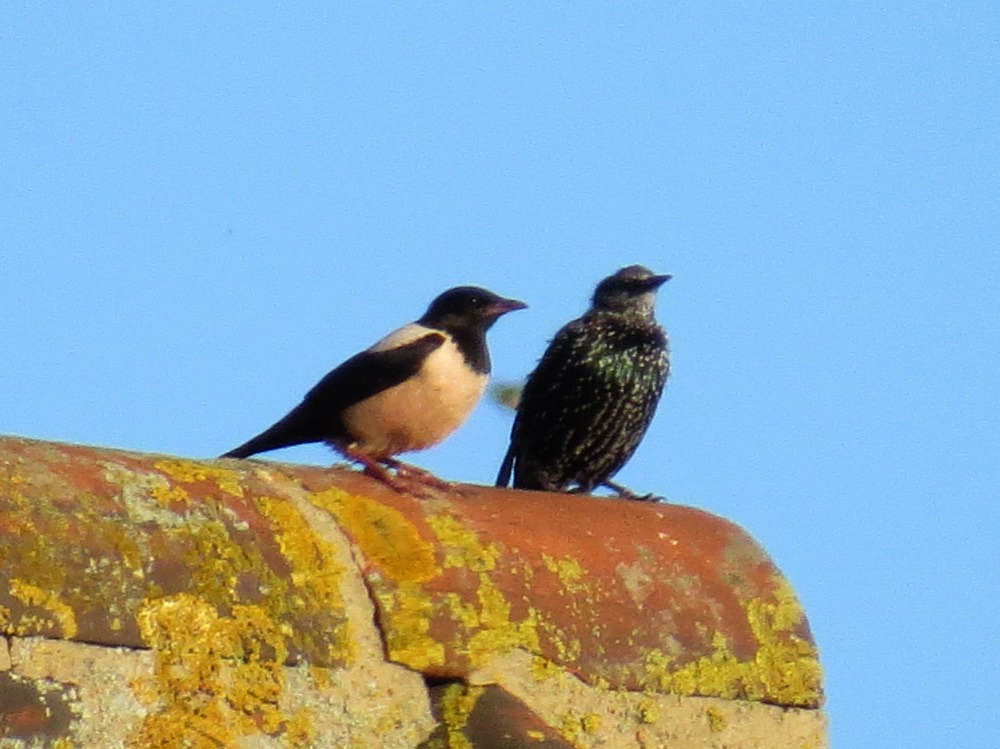
Rose-coloured Starling, Weybourne, Norfolk (Photo: Chris Orders)
Ortolans were brief at Reculver (Kent) on 28th, Long Nab, Burniston (N Yorks) on 29th and Skomer (Pembrokeshire) on 2nd, while up on Shetland the long-staying Rustic Bunting was still at Baltasound (Unst) on 30th.
Photo of the Week

Kingfisher, undisclosed site, Devon (Photo: Steve Hatch)
Since the advent of "pay and display" photography hides for hire, it has become far easier to take good images of certain species. Kingfisher is by far the most popular subject from these hides, as you can see from the number of superb shots posted on Iris most weeks. Some of the images of birds diving and catching fish are stunning and it is one of these by Steve Hatch that is the winner this week.
It has to be said that I was spoilt for choice and it was a close call between a few photos, but I felt that this shot just had the edge over the others, especially with the bird's head just being slightly turned to look almost at the camera. A shutter speed of 1/2000th sec has frozen most of the action, with just a slight blur to the wings that doesn't detract from the image at all: beautifully lit, a highlight in the eye, lovely background and the colours of a Kingfisher. As Steve said; "the highs of Kingfisher photography sure make up for the lows".
Other notable images

Kingfisher, private site, Devon (Photo: Rob Cross)
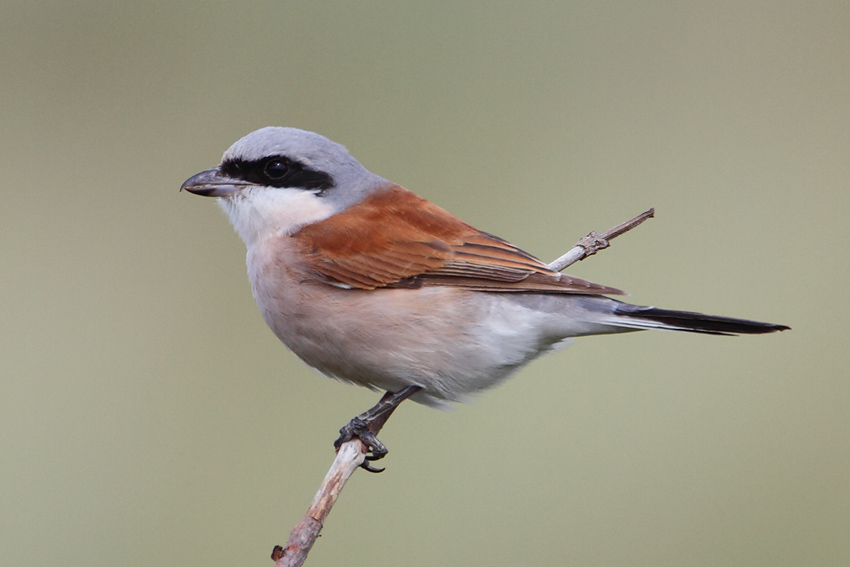
Red-backed Shrike, Winterton Dunes NNR, Norfolk (Photo: Rob Holmes)

Little Grebe, undisclosed site, Derbyshire (Photo: Steve Whiteley)

Cory's Shearwater, Scilly pelagic, Isles of Scilly (Photo: Joe Pender)

Greenshank, Leighton Moss RSPB, Lancashire (Photo: John Dickenson)

Long-eared Owl, undisclosed site, Cambridgeshire (Photo: Tim James)
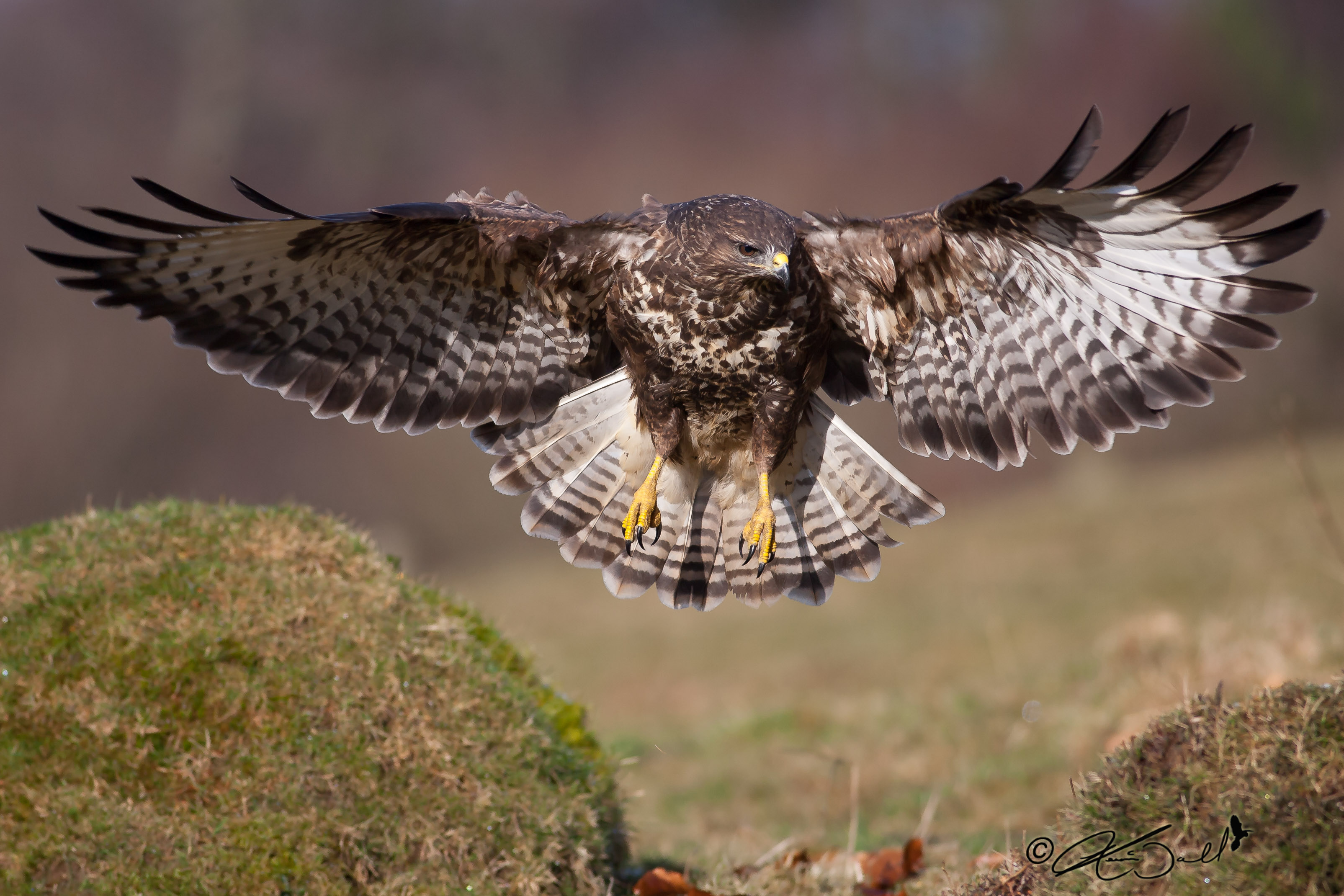
Buzzard, Abertillery, Gwent (Photo: Kevin David Wall)

Cormorant, Little Orme, Conwy (Photo: Dave Williams)

Long-tailed Tit, Hurcott Wood, Worcestershire (Photo: Robert Hart)

Nuthatch, Wayoh Reservoir, Lancashire (Photo: John Barlow)

Sanderling, Hartlepool, Cleveland (Photo: Chris Downes)

Gannet, Bempton Cliffs RSPB, East Yorkshire (Photo: Mike Arreff)


